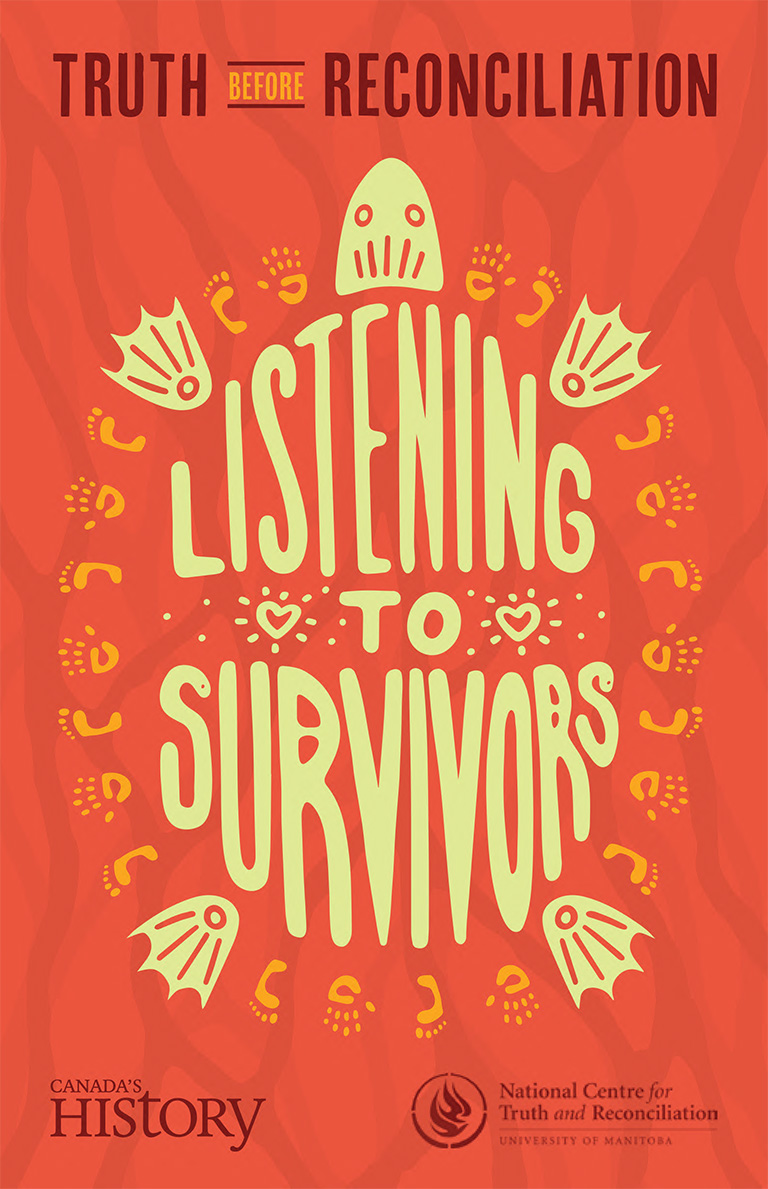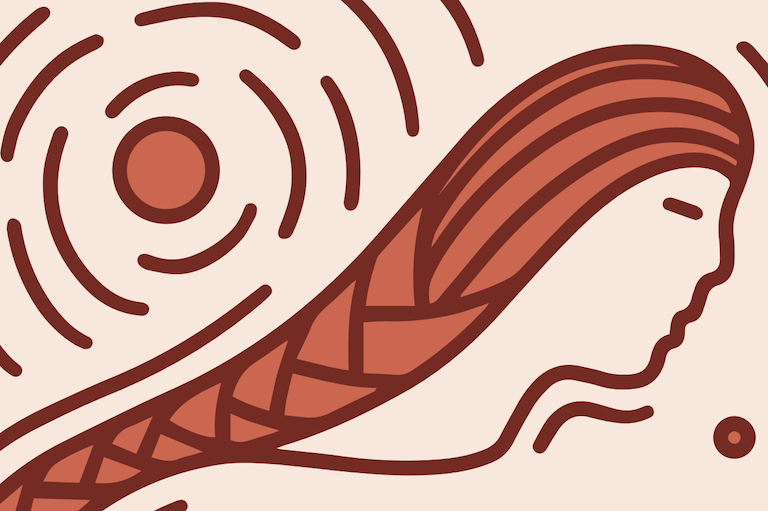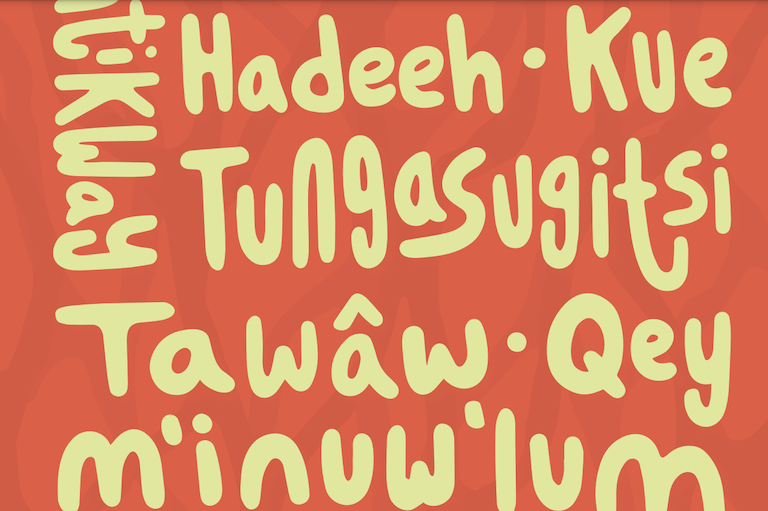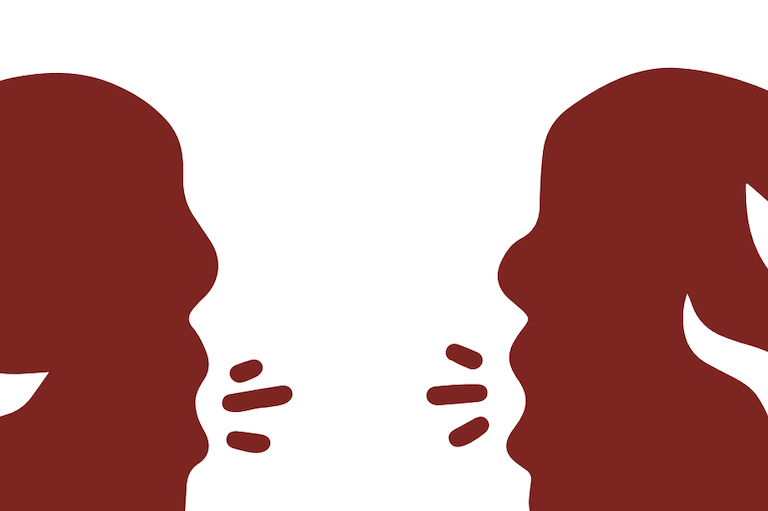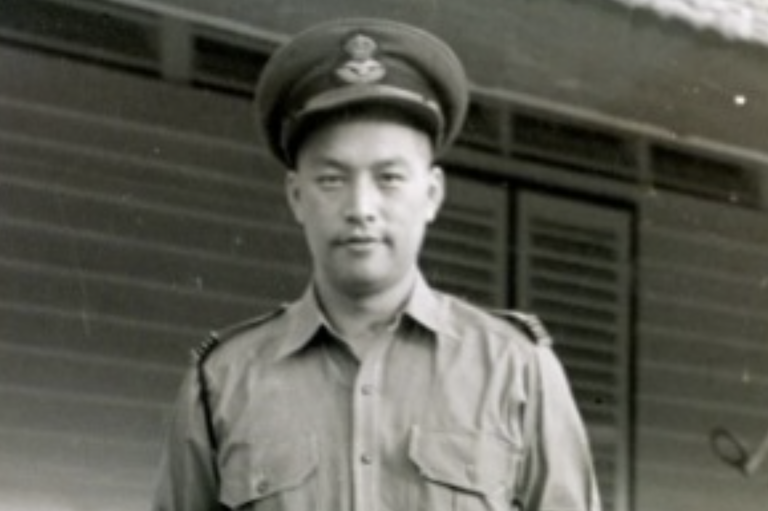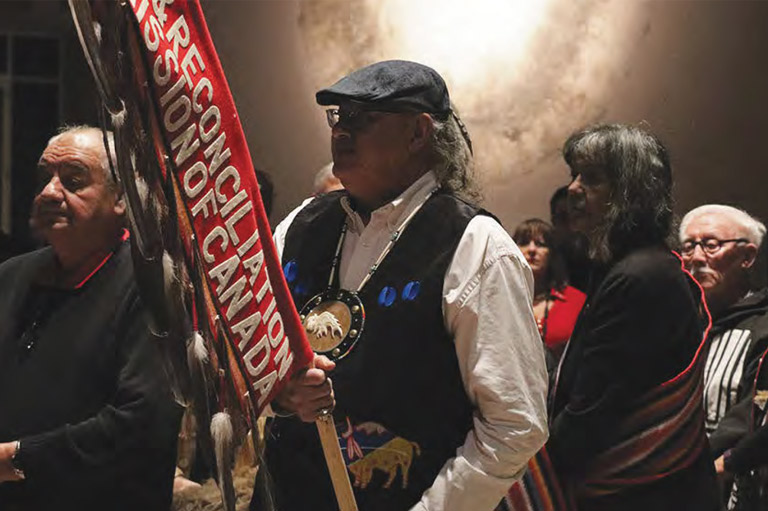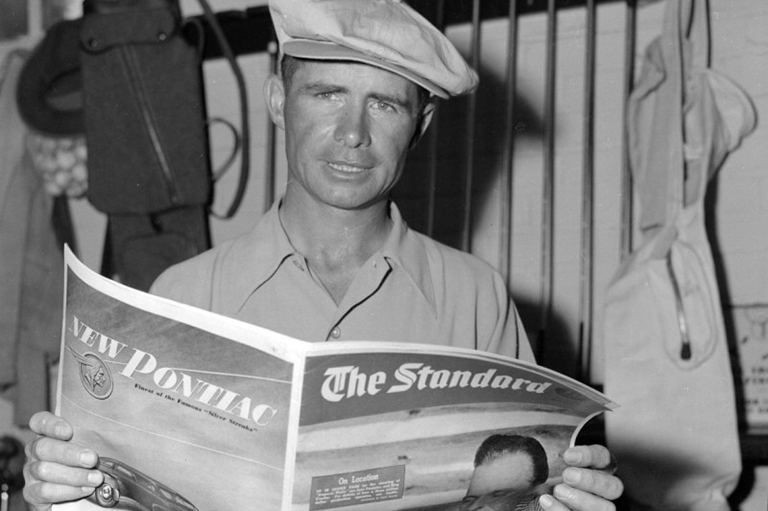Indigenous Place Names in Canada
Truth Before Reconciliation: Listening to Survivors Canada’s National History Society with the National Centre for Truth and Reconciliation |
| In this lesson, students will learn about traditional Indigenous place names in Canada. They will learn about efforts to restore traditional place names in their region and participate in a mapping activity. This lesson can be completed after reading the publication Truth Before Reconciliation: Listening to Survivors. |
Background Information |
| Indigenous place names are embedded with meaning about relationships to the land — narrating historical events, conveying traditional knowledges, and revealing connections to identity and culture. Throughout centuries of colonialism, many Indigenous place names have been altered or renamed to align with settler language. This process has resulted in a loss of the original meanings tied with many place names in what is now known as Canada. Reinstating Indigenous place names plays an important role in recognizing, preserving, and strengthening Indigenous languages. The Geographical Names Board of Canada is working with Indigenous organizations and communities to restore the traditional names of geographical features (toponyms) and to create a map that displays Indigenous place names, along with their traditional spelling, meaning, and pronunciation. |
Activity |
Have your students use the Indigenous Place Names in Canada map to explore some of the places and geographical features found near your community. As you scroll through the map you will see different categories of names: place names derived from Indigenous languages, reinstated Indigenous place names, and traditional Indigenous place names that are in the process of being made official. Please note the places indicated on the map represent a small selection of the nearly 30,000 place names that are, or may be, of Indigenous origin and that are recognized as official names by the Geographic Names Board of Canada.
|
Extension |
|
Themes associated with this article
Advertisement

